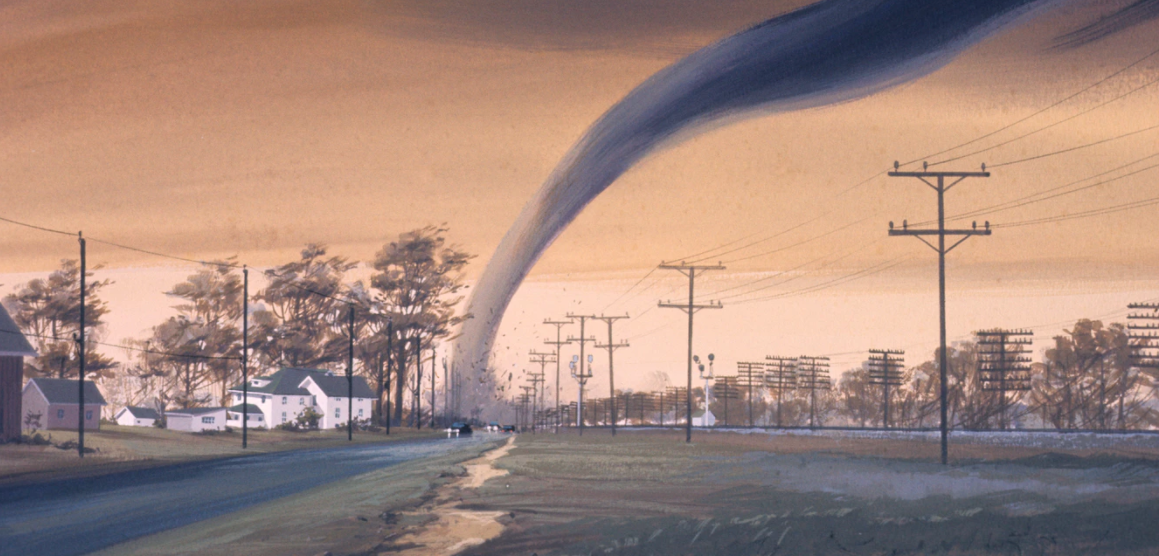
Essential Features of Weather Radio for a Safer Neighborhood
Do you live in a safe neighborhood? If not, you have to check the risk for the entire neighborhood’s safety, whether criminality, disaster vulnerability, or other factors. Among those factors, the attack of natural disasters, such as tsunami or tornados, is more severe than other hazards.
 In those natural disaster events, many cases happen unexpectedly. People were still sleeping or had just started their workday in which the residents were entirely unaware of the deadly danger that awaited them. In a matter of moments, some people died, and others were seriously injured. Of course, you do not want that to happen to your neighborhood. Therefore, consider buying an emergency radio before disaster strikes them.
In those natural disaster events, many cases happen unexpectedly. People were still sleeping or had just started their workday in which the residents were entirely unaware of the deadly danger that awaited them. In a matter of moments, some people died, and others were seriously injured. Of course, you do not want that to happen to your neighborhood. Therefore, consider buying an emergency radio before disaster strikes them.
In this case, never try to buy a marketed cheap radio available around the many stores. Spending more money to keep the safety in your neighborhood with the best weather radios is worth more than anything. Therefore, ensure that your money is well-spent by evaluating some essential features of your next emergency radio below.
Power Sources
The first feature to check is the power source. Check how many power sources that the weather radio has. Also, be prepared if the power goes out in your home. All excellent emergency radios have several power sources. In this case, ensure to look at radio with at least two different types of power tools. A 110v outlet with the decision to run on batteries should be your minimum standard. Besides, look for one that has both and the choice to maintain a built-in battery via a crank. It is also preferable to have a small solar panel to recharge the batteries during the day.
Radio Frequency Range
The second feature to look for is the radio frequency range. In this case, the radio should indeed have FM and AM radio bands. However, it would be best if the radio has a shortwave band. This radio frequency range can receive HAM radio operators. If you notice, HAM radio operators were the first ones to spread several natural disasters worldwide. One of the notable disaster warnings is Japan Tsunami.
NOAA Weather Radio Band
Another frequency range you need your radio for is the NOAA series of weather radios. However, don’t stop there. The larger radios will also have the SAME feature. It simply means that you can set your radio only to alert you to weather alerts in your immediate area instead of receiving all warnings in your regions. In such nerve-wracking situations, you don’t want your radio waking up two-thirds in the morning because of a storm warning in another part of the state.
Warranty
Finally, make sure the radio you choose has a good warranty. As mentioned earlier, there is some cheap and low-quality weather radio in the market. In this case, it is best to buy one with an excellent warranty to tackle this problem. You can also purchase weather radio from reputable brands, such as Eton, Sangean, Midland, Grundig, or C Crane. These manufacturers have been around for several years and provide high-quality radios to the public.
